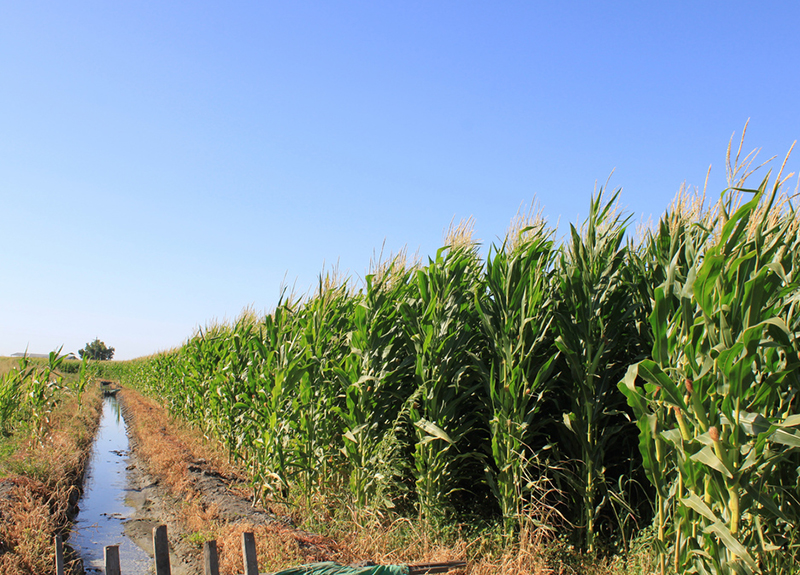Minnesota, Wisconsin, and Illinois have some of the most fertile farmland in the U.S. But in recent years, dusty brown pits have begun to pock the vast swaths of green land. Silica sand mines are definitively changing the Midwest landscape and the way resources are used in agricultural areas.
Nancy Loeb, clinical assistant professor of law and director of Northwestern’s Environmental Advocacy Center, and her students are representing farmers in LaSalle County, the hub of silica sand mining in Illinois. They want to ensure their land and water is protected so families can continue to farm as many have for generations.
ISEN has granted $20,000 to the Environmental Advocacy Center, which will help Loeb and LaSalle County work with a team from the U.S. Geological Survey to study water resources in the area. This study will allow the county and residents to better understand how the water-intensive mining practice could affect groundwater supplies.
“The mines use an average of more than one million gallons of water a day,” said Loeb, “And the permits say they can use more than six million gallons on some days.” The water is used primarily to wash the sand and to minimize dust at the sites.
In an area such as LaSalle County where agriculture predominates, water availability is critical. Along with concerns about health and safety for landowners closest to the mines, farmers in the region worry that the groundwater they use to irrigate crops could be depleted, particularly in dry years.
LaSalle County has had sand mines since the 19th century. But in recent years, with growing demand from the fracking industry, which uses the sand in the process of extracting oil and natural gas, sand mining has boomed.
The mines provide some economic benefit to the county, but also pose serious challenges in the area. According to Loeb, the sand is only about 30 feet below the surface, so the mines are shallow and wide, affecting large areas of farmland and nearby water sources. The water study will give local residents the information they need to make informed decisions about giving out permits for sand mines and the high capacity wells they require.
Earlier this year, the Rauner administration froze funding for a statewide water study that was already underway and just about to reach LaSalle County. The funding from ISEN, along with funds from LaSalle County, will help fill this gap.
“This extraordinary grant from ISEN will enable LaSalle County and municipalities within the county to make informed decisions and develop sound policy for sustainable use of groundwater resources, balancing the needs of residents, agriculture and industry,” said Loeb.
And it is part of a larger push by the Environmental Advocacy Center to influence statewide legislation on groundwater use, particularly as relates to water-intensive energy processes, said Loeb.
“It will serve as a template for other counties in Illinois and other states facing increasing demand for high intensity groundwater uses to create sound groundwater use policies through knowledge-based planning and decision-making.”



